Meet Malika Favre's Bold Art
- 18 July 2016
- ByAndy Newman
- 10 min read
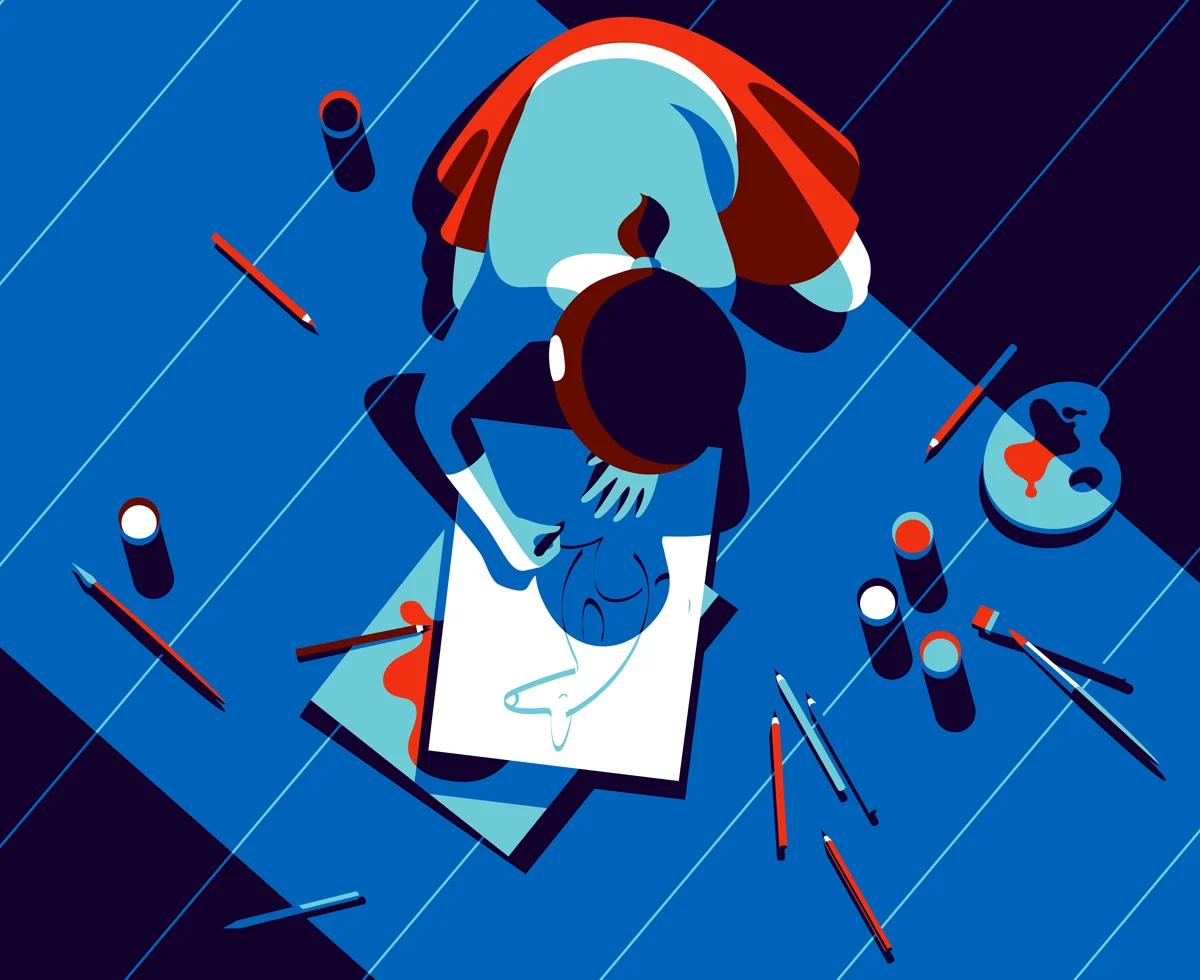
You've probably seen Malika Favre's work before, even if you didn't realize it at the time.
Malika's someone whose work I've admired for awhile now. Her art is striking and can seem both mysterious and inviting with its use of positive and negative space. When I saw her work on the cover of The New Yorker last month, I had to learn more about her process. She describes her style as bold and minimal, "often described as Pop Art meets OpArt." The French-born artist currently lives in London where she's become one of the UK's most sought-after graphic artists. Now is the perfect time to take a look at how she got here.
See @malikafavre 's New Yorker cover come to life: https://t.co/HQo0smmQuz pic.twitter.com/3SSYTiJ6b7 — Big Cartel (@bigcartel) June 6, 2016
Can you remember what sparked your earliest interest in art?
I can’t remember an exact moment in time or specific experience that started it all. As far as I can remember, I was always drawing as a child. My mum was an artist and is the one who got me started, so the credit probably goes to her.
What kind of art did your mother make?
My mother is a very prolific artist. When I was a kid she used to create oil paintings of landscapes, deserts, and waves. As I was growing up she started sculpting small samurais, creating her own clothes and tableware, and painting on walls in the house too - everything was a canvas to her. She even used to dress me up in clothes she made as a child - it was a bit odd to have headbands coordinated with the lining of my coat at school.
Do you have any special memories of working on art together, or being inspired by her work when you're creating?
I remember mainly the frustration of not being able to draw as well as my mum. ; )
We were often drawing together and she would teach me about proportions and perspective. She was a harsh teacher and always pushing me to draw better, but also very encouraging. She never had the opportunity to go to school or train professionally and she wanted me to be able to choose my own path.
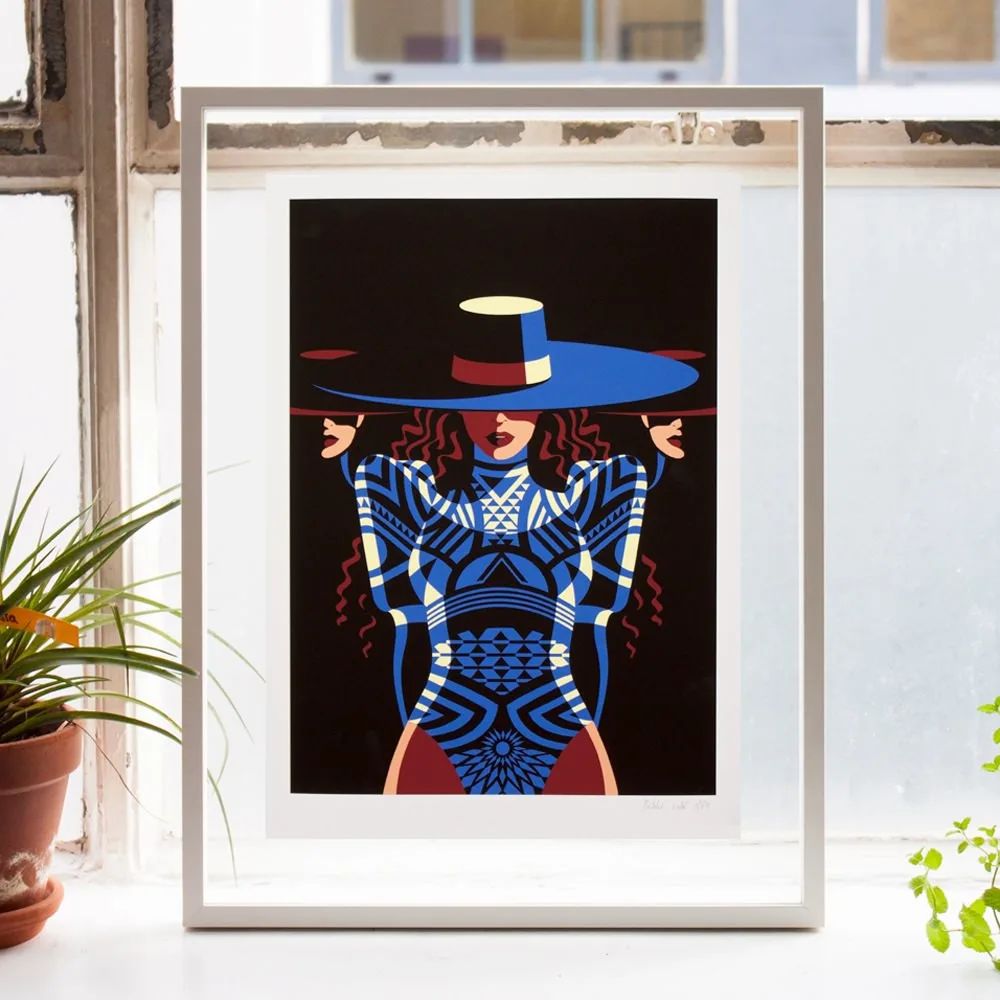
Find this and more in her Big Cartel shop
I feed my brain with pictures, colors, and shapes for a couple of days and then start sketching on Illustrator.
Was there a point where you felt like you had fully discovered your style, or did it happen gradually over time?
It happened fairly late actually, when I was working as a designer at Airside, a multidisciplinary design studio based in London. I was 25 and I found my voice when creating screen prints and tees for the Airside shop. I think the Alphabunnies was a turning point and the first time I started using negative space as a device in my work. I kept on developing my personal work after that and it organically came together into a coherent body after a couple of years.
What's your process for starting a new project?
I do a lot of photographic research actually. I feed my brain with pictures, colors, and shapes for a couple of days and then start sketching on Illustrator. Sometimes in black and white, sometimes in colors. It really depends on what best conveys the idea. I refine as I go along.
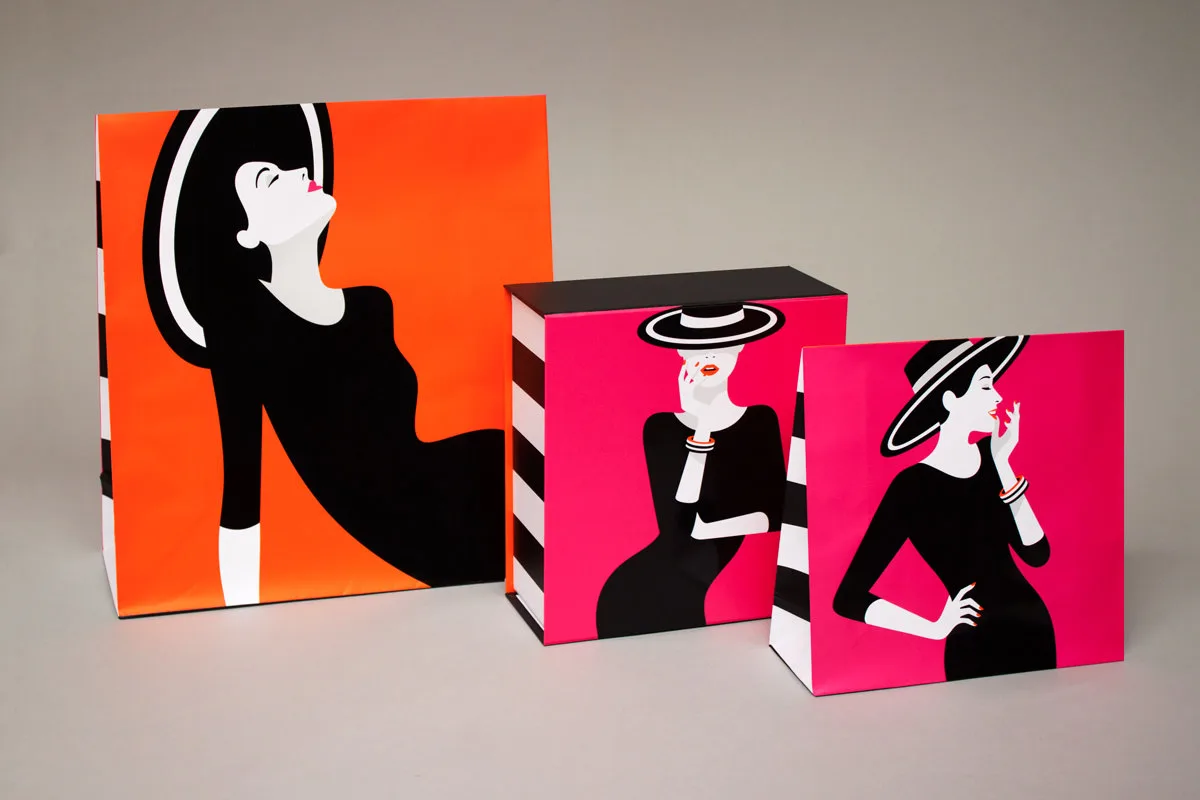
Sephora
You've done work for Vogue. You have the cover for The New Yorker this month. How'd your path lead you to such high profile work?
Vogue happened quite early on in my career which was amazing. I still remember the day I got that commission email from Vogue UK. I am not sure how it happened. Luck, I guess, as well as a lot of work.
The New Yorker cover on the other end was something I really worked for, taking every commission they threw my way over the years and hoping that one day they would ask me to do a cover. It happened a couple of months ago, after years of working with them. One of my favorite projects so far!
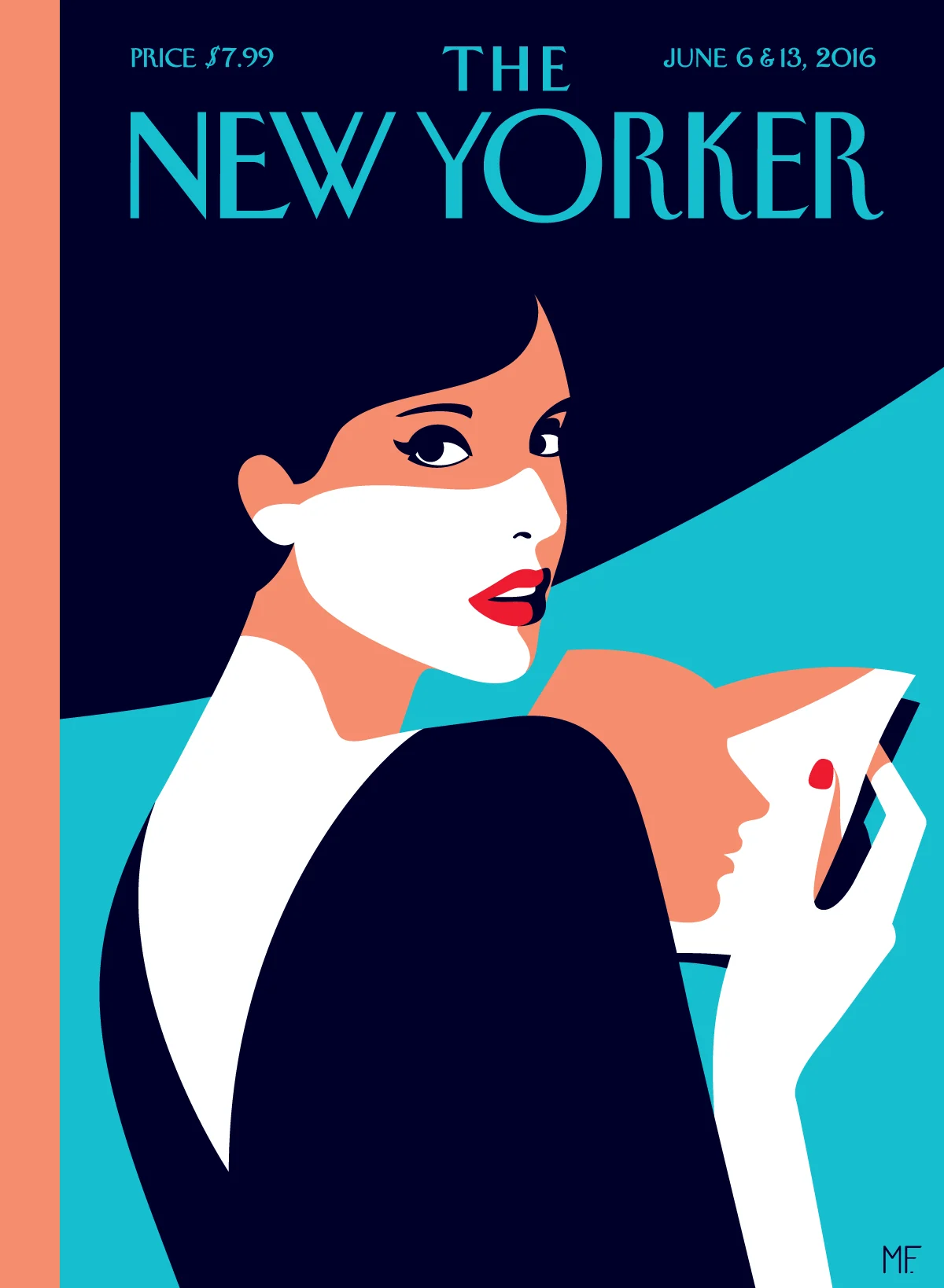
What was it like to open the mail and see your work on the cover of The New Yorker?
I was ecstatic. It was one of the last dream projects on my bucket list (the last one is a carre silk scarf for Hermes).
The whole process of working with Francoise Mouly was seamless and very smooth and I felt totally free of doing what I had in mind.
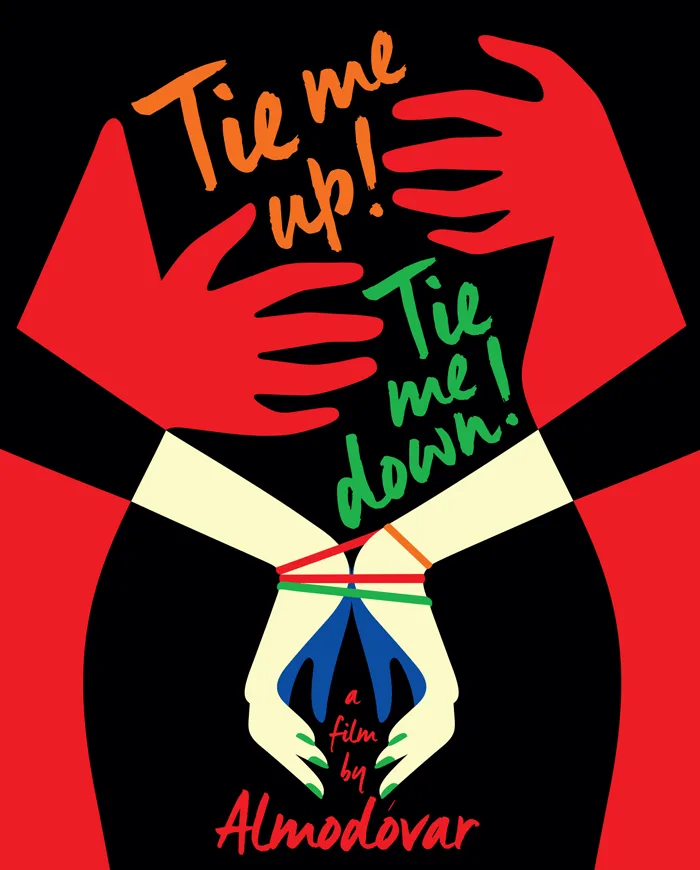
Criterion Collection
You've also done work for Vanity Fair, The Washington Post, The New York Times, Sephora, the Criterion Collection, and the list goes on. How do you keep your style so consistent and recognizable across so many different projects with drastically different goals?
All my clients understand the aesthetic of work and come specifically for that visual treatment. The challenge lies in finding the right mood and idea for the project and that differs from one client to the next. The backbone of my work is my use of negative space, pop colors associated with a strong narrative concept. So as long as I follow my rules as well as my instinct, there will be some consistency in what I deliver.
Do you ever feel pressure to "one up" yourself with each new project? How do you balance that while avoiding making the same piece over and over?
Each new project is an opportunity to create something new, so I try as much as I can to develop my style and add new strings to my bow. Sometimes I end up making something over and over though and it is down to the commissioning process - some clients want something new and exciting and others want what someone else had. I don’t always realize that from the get go and sometimes gets a bit thorny. I say no to a lot of briefs based on a gut feeling that nothing new will come out of it.
Also a good way to reinvent yourself is to do self-initiated work or set up exhibitions.

From Malika's solo exhibition
How has social media impacted your work? Do you make it a point to involve it in your daily routine?
I have never been a big fan of social media until Instagram came along. Being a very visual person, Twitter didn’t really appeal to me and Facebook is a bit too overwhelming.
I use social media as a way to show the physical pieces of work as well as other things that make me tick. I post something almost everyday, but not always - I don’t have a rule or a strategy when it comes to posting things. I just post things I do and things I love and that seems to work.
How do you keep it from becoming a distraction to your process?
I think it could have been a distraction if I was more of a control freak, but I am pretty relaxed about it. What matters is the work I create, not how perfect my picture is. Of course, presentation matters, but over-curating can get in the way of other things and I don’t have time for that. This is also why I focus on one channel rather than being part of dozens.
A photo posted by Malika Favre (@malikafavre) on Apr 23, 2016 at 2:14am PDT
Carrie for Little White Lies
I wouldn’t spare my younger self any of the experiences and mistakes I went through. It's all part of the learning process.
Is there something you've wanted to do with your art that you haven't been able to try yet?
I would love to do more textile collaborations and 3D objects. I have tried a few times but was never that pleased with the result. But I will keep trying!
What drew you to selling your work through Big Cartel?
I think I had a friend from Airside who was using it to sell tees back in 2011 and I started using it on recommendation. Again, my shop was a very small outlet and it was simple and easy to set up.
When I relaunched my website a year ago with the help of Guy Moorhouse, we looked at various platforms for the shop who was now going to be fully integrated and had to be customized beyond being a templated interface and realized that we could keep using Big Cartel and integrate it easily. Why fix something that isn’t broken? I always think of that phrase when I see people struggling over decisions. It works perfectly, does what I need it to do and it has a nice feel to it.

The New Yorker
If you could give one piece of advice to yourself when you started, what would you say?
Keep doing what you are doing! I wouldn’t spare my younger self any of the experiences and mistakes I went through. It's all part of the learning process.
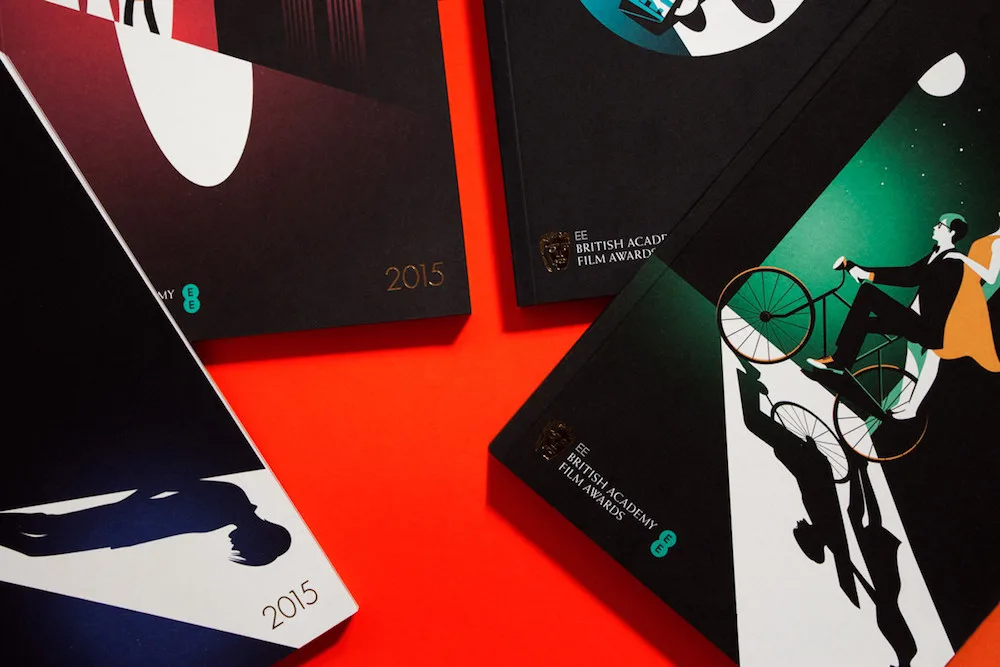
BAFTA
Make your wall pop with a print from Malika's Big Cartel shop, and don't forget to follow her on Instagram to see all her latest work and collaborations.
18 July 2016
Words by:Andy Newman
- Share